Contributors
Quira Zeidan
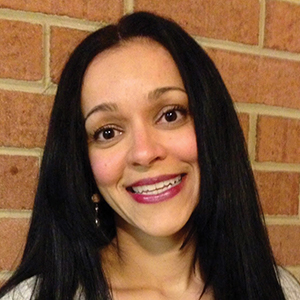
Articles by Quira Zeidan
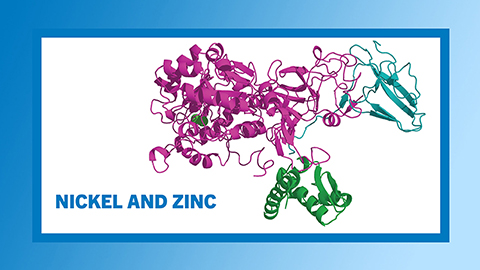
A Year of (Bio)chemical Elements
Rounding out the year with nickel and zinc
Dec. 1, 2019
Quira Zeidan ends her yearlong series marking the 150th anniversary of Dmitri Mendeleev’s periodic table with a look at the two metallic elements with chemical symbols Ni and Zn.
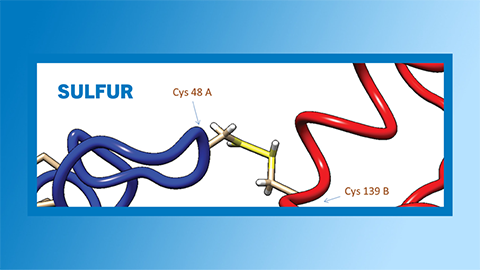
A Year of (Bio)chemical Elements
For November, it’s that smell of sulfur
Nov. 1, 2019
This month we focus on sulfur, a reactive nonmetallic element created inside massive stars as the product of nuclear fusion between silicon and helium.
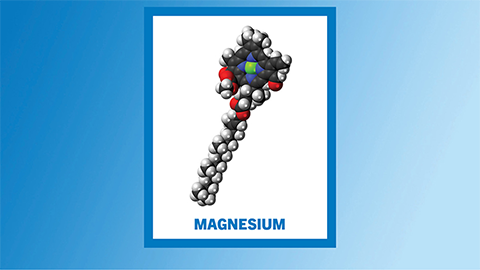
A Year of (Bio)chemical Elements
For October, magnesium helps the leaves stay green
Oct. 1, 2019
This month, we focus in magnesium, with symbol Mg and atomic number 12, a reactive alkaline earth metal that is the ninth most abundant element in the known universe.
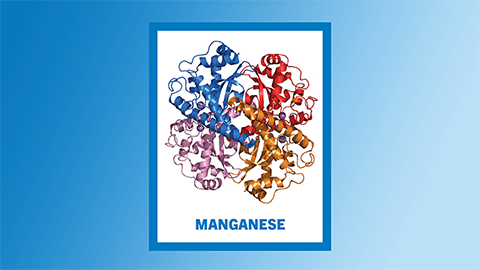
A Year of (Bio)chemical Elements
Manganese seldom travels alone
Sept. 1, 2019
This month, we focus on an element frequently found in silicate, carbonate and oxide minerals, and in alloys with iron.

A Year of (Bio)chemical Elements
Breathe deep — for August, it’s oxygen
Aug. 1, 2019
This month, we focus on oxygen, a highly reactive nonmetal and the third most abundant chemical element in the known universe.
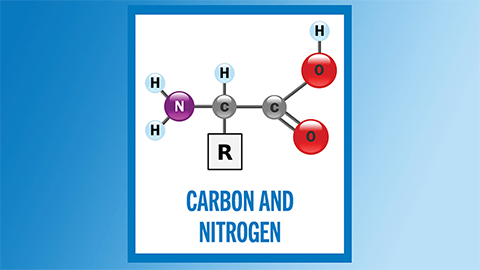
A Year of (Bio)chemical Elements
For June and July, it’s atomic Nos. 6 and 7
June 1, 2019
This month, we focus on carbon, with atomic No. 6, and nitrogen, with atomic No. 7, two abundant reactive nonmetals that share electrons with other atoms by forming several covalent bonds.
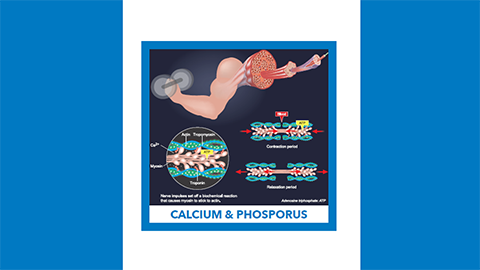
A Year of (Bio)chemical Elements
For May, it’s in your bones: calcium and phosphorus
May 1, 2019
May is arthritis awareness month, so Quira Zeidan focuses on the elements calcium and phosphorus, the two components of the mineral salt hydroxyapatite, which makes up about 65 percent of human adult bone mass.
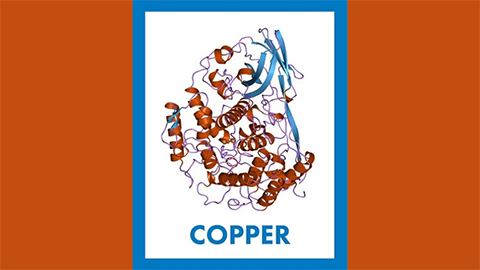
A Year of (Bio)chemical Elements
For April, it’s copper — atomic No. 29
April 1, 2019
In the fourth month of the International Year of the Periodic Table of Chemical Elements, we focus on copper, atomic No. 29, the third most abundant metallic element in biological systems.
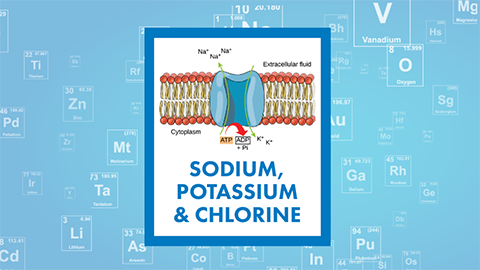
A Year of (Bio)chemical Elements
For March, it’s a renal three-fer: sodium, potassium and chlorine
March 1, 2019
Quira Zeidan marks National Kidney Month and the third month of the International Year of the Periodic Table of Chemical Elements with a focus on three elements central to renal function: sodium, potassium and chlorine.
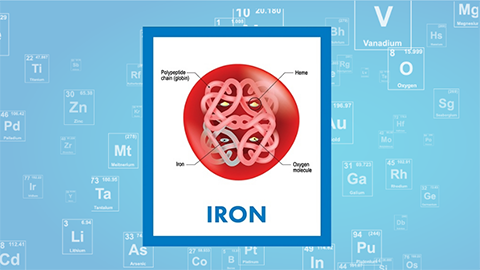
A Year of (Bio)chemical Elements
For February, it’s iron — atomic No. 26
Feb. 1, 2019
To mark the second month of the International Year of the Periodic Table of Chemical Elements, Quira Zeidan writes about iron, the most abundant element on earth.
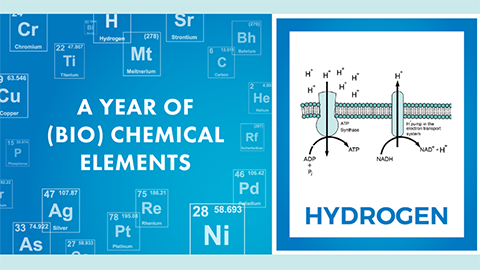
A Year of (Bio)chemical Elements
For January, it’s atomic No. 1
Jan. 1, 2019
We celebrate the International Year of the Periodic Table of Chemical Elements (the 150th anniversary of the first publication of Russian chemist Dmitri Mendeleev’s periodic table) by highlighting an element each month in 2019.
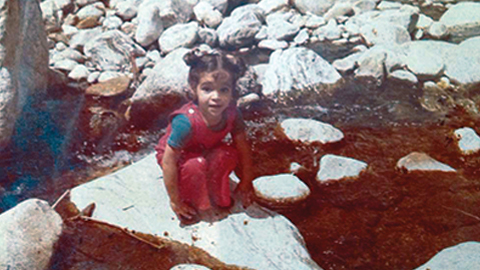
Essay
A straight and twisting career path
Aug. 1, 2018
Quira Zeidan never wavered in her straight-line path to a postdoc, but she made time for the teaching and outreach that fed her need for human interaction.
